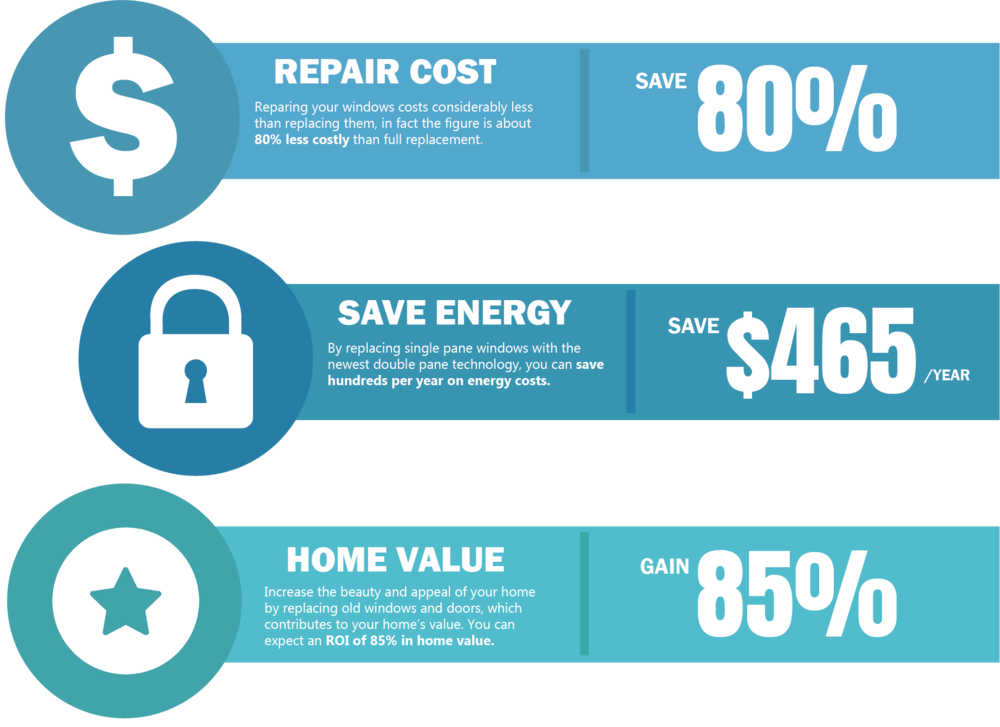The Best Pressure Cleaning Strategies For Every Surface
The Best Pressure Cleaning Strategies For Every Surface
Blog Article
Web Content Produce By-Lassen Hodges
When it involves push cleaning, the technique you select can make all the difference in achieving a clean, streak-free coating. You might find that difficult surfaces, like concrete, need a different technique than softer materials, such as timber or plastic. It's important to adjust your approaches to the surface area kind to avoid damages while making the most of cleaning effectiveness. So, what are the most effective techniques for each surface area, and just how can you guarantee you're making use of the best settings and devices for the task? Let's discover what you need to understand to obtain the most effective outcomes.
Hard Surface areas
When it concerns push washing hard surfaces, prep work is key. Before you also consider taking out the pressure washing machine, take the time to remove the area of any kind of debris, furniture, or challenges. You do not want anything getting in your way or possibly harmful your equipment.
Next, examine the surface for any kind of cracks or damage; this will assist you establish the right strategy and stress setups.
Once you've prepared the location, it's vital to select the appropriate nozzle. For tough surface areas like concrete or block, a slim nozzle (15 or 25 degrees) functions best to provide a concentrated stream of water that can properly remove grime and stains. Always begin at a distance and slowly relocate closer to stay clear of any kind of surface damages.
As link web page start washing, maintain the stick relocating to stop touches and over-saturation. https://www.cleanlink.com/news/article/5-Benefits-To-Keeping-A-Facility-Maintenance-Schedule---28309 's also useful to work from the top down, allowing dust and debris to remove naturally.
Finally, keep in mind to wash the surface completely after cleansing to get rid of any leftover detergent. With these techniques, you'll achieve a clean and renewed appearance on all your difficult surface areas.
Soft Surfaces
Stress cleaning soft surface areas needs a gentler method to shield them from damage. Whether you're cleaning your deck, outdoor patio furniture, or exterior siding, using way too much pressure can cause damages, scratches, or even irreparable damage.
Start by selecting a low-pressure nozzle, preferably a 25-degree or wider spray pattern, to disperse the water a lot more gently.
Prior to you begin, it's crucial to pre-treat any type of spots with a suitable cleansing option. This action permits the cleaner to pass through the dust and crud, making it much easier to get rid of without rubbing too hard.
Always use the solution from the bottom as much as prevent spotting.
When you begin stress washing, maintain a range of at least 12 to 18 inches from the surface. Relocate your wand in a sweeping motion, maintaining it alongside the surface area to prevent concentrated stress on one area.
Wash the location extensively after cleaning up to remove any type of recurring cleaner.
Finally, check the surface area for any kind of missed out on spots and repeat the process if needed. By adhering to these steps, you can properly clean soft surfaces while maintaining their stability and appearance.
Specialty Surfaces
Cleansing soft surface areas needs treatment, yet specialized surface areas demand a lot more attention to information. When you tackle these surface areas, like fragile wood, discolored concrete, or certain kinds of siding, using the right pressure cleaning strategies is crucial to avoid damages.
First, evaluate the material. For example, dealt with timber can typically withstand modest pressure, but softer woods like cedar might need a reduced setup. Always begin with the most affordable stress and slowly enhance if necessary.
For stained concrete, utilize a fan spray nozzle and maintain a consistent distance to prevent engraving the surface.
When managing surfaces like plastic siding or repainted surfaces, a vast spray pattern aids distribute the pressure evenly, protecting the surface.
It's additionally smart to utilize cleaning agents especially made for specialized surfaces. They can improve cleaning without compromising the product.
Rinse thoroughly after cleaning to remove any kind of residue, as it can lead to staining or wear and tear gradually.
Verdict
In conclusion, grasping pressure cleaning techniques for various surface areas can make all the distinction in your cleaning outcomes. For difficult surface areas, stick to slim nozzles and a top-to-bottom method, while soft surfaces require a gentler touch with broader nozzles. Don't neglect to pre-treat discolorations and rinse thoroughly to prevent residue. By adjusting your approaches to each product, you'll not only achieve a cleaner finish however also secure the stability of your surfaces. Happy cleaning!
